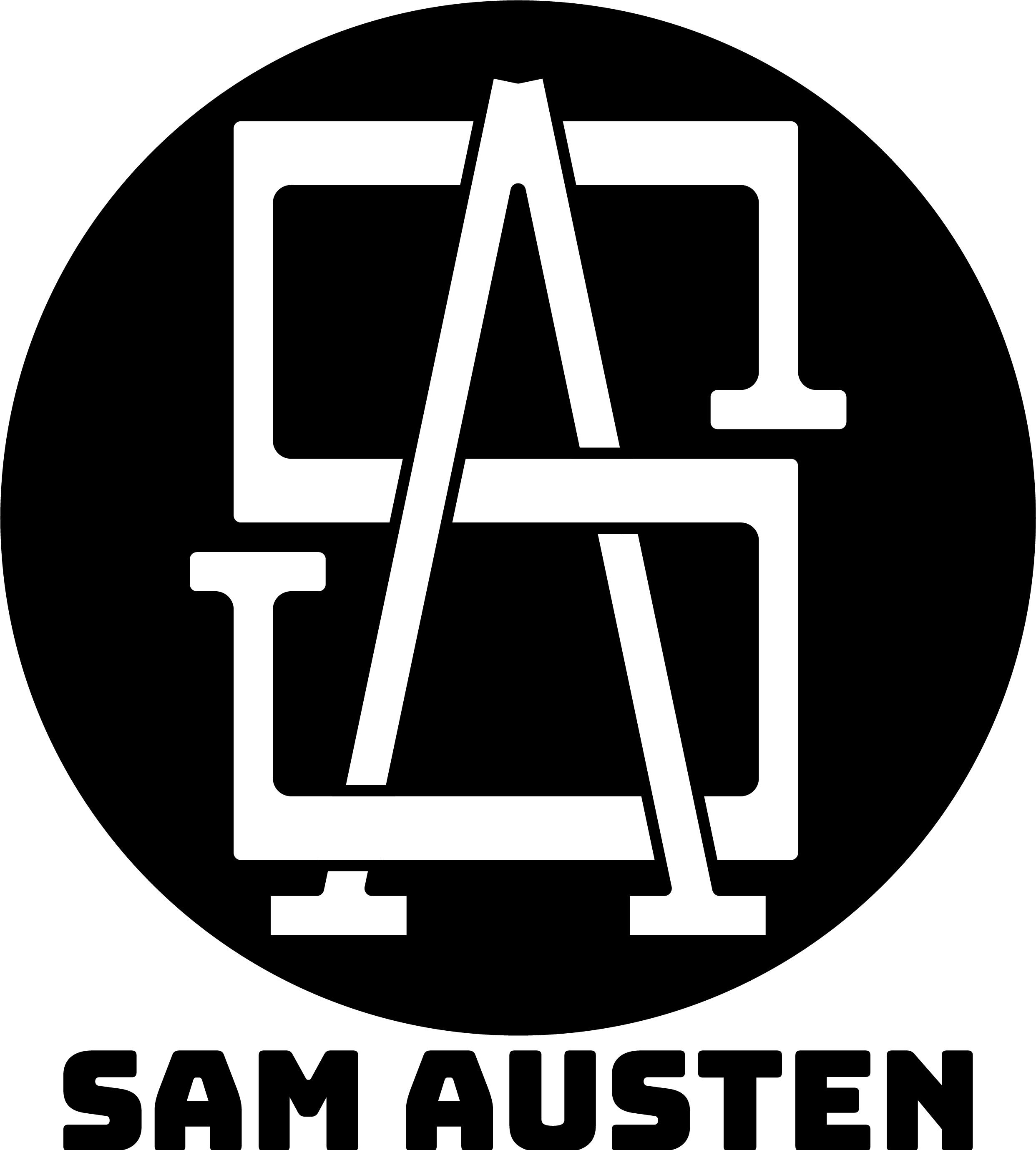Project overview
Concept Statement
"Bright lights, loud music, buzz in the air, discover yourself in the Beltline energy"
Primary Logo
The black logo is the primary logo for the Beltline community, if appearing on a dark background the logo will appear in the slate color.
The large "B" component of the logo symbolizes a "window" or a "cut-out" which is to highlight the feeling of discovery you get when visiting the Beltline.
The burst of light represents the energy and mystery of experiencing the nightlife in the Beltline. The logo is tilted to the right to indicate movement and the vitalization of the community whilst also giving a visual representation of energy.
The custom Beltline Bold typeface represents the modern and slick edge that the community embodies, whilst remaining legible even at small sizes.
All elements are bounded by a rounded square to represent the connection between all residents, visitors and businesses of the beltline.
Motion Graphic
In an increasingly digital world, a motion graphic can serve to enhance the brand identity through an animated logo. The primary focus in the Beltline logo animation was to capture attention of the user and display brand characteristics.
The animation serves to bring the visual characteristics of the logo to life; the flickering animation represents a strobing light turning on that you would expect to find in one of the many Beltline nightlife locations.
This graphic was created in Adobe After Effects using custom opacity expressions to create random flickering and sweeping effects to remain in line with the energy and chaos of the Beltline.
Custom Type System: Beltline bold
Beltline Bold is a font created specifically for the Beltline visual identity system. It has a heavy weight to really stand its ground, while also curving some corners to create a modern edge.
Style Guide



Brand Applications





Process
Research
The research map we created is a collection of all the different types of research we did to understand the Beltline community, including desk research, photography, public engagement, and characteristic mapping.
Photo Ethnography
To keep track of all the visual experiences within the Beltline, we turned to photography for documentation. It allowed us to capture the colours, shapes and everyday life that exists in the neighborhood. We found that all of our photos could fit into one of two categories: "Structure, Texture, Environment" and "Art and Culture." These categories speak to what visually builds the Beltline to what it is.
Desk Research
Desk research included any information we could find about the Beltline from online sources or information gathered by someone other than ourselves. We looked at current organization, such as the Beltline Neighborhood Association, projects like BUMP and Blox, spaces such as High Park, and even took a look at what people were saying about the Beltline on social media. Overall, it gave us a view of the goals of the community before we even stepped foot there to make our own observations for the purpose of branding.
Public Engagement Survey
Before branding the community, we wanted to understand how the people who spend every day in Beltline feel about the neighborhood. We released a public engagement survey and received over 100 responses from people willing to share their opinions. The answers we got were mixed, but some of our key of the key personality traits we branded on came from the opinions of the people who took the survey.
Observation Mapping
Last in our research, we wrote down every feeling, personality trait, and word that came to mind while being in the community. We believed this was the final step in capturing the true genius loci of the Beltline.
Concept Development
After the research was concluded, we took the key personality traits that stood out and sorted them into relevant groups. We then attempted to create some concepts from each set of traits. The strongest category for branding included the words lively, chaotic, energetic, electric, bustling, and vibrant. We used this words to visualize and sketch a possible logo.
Logo Design




Rationale
